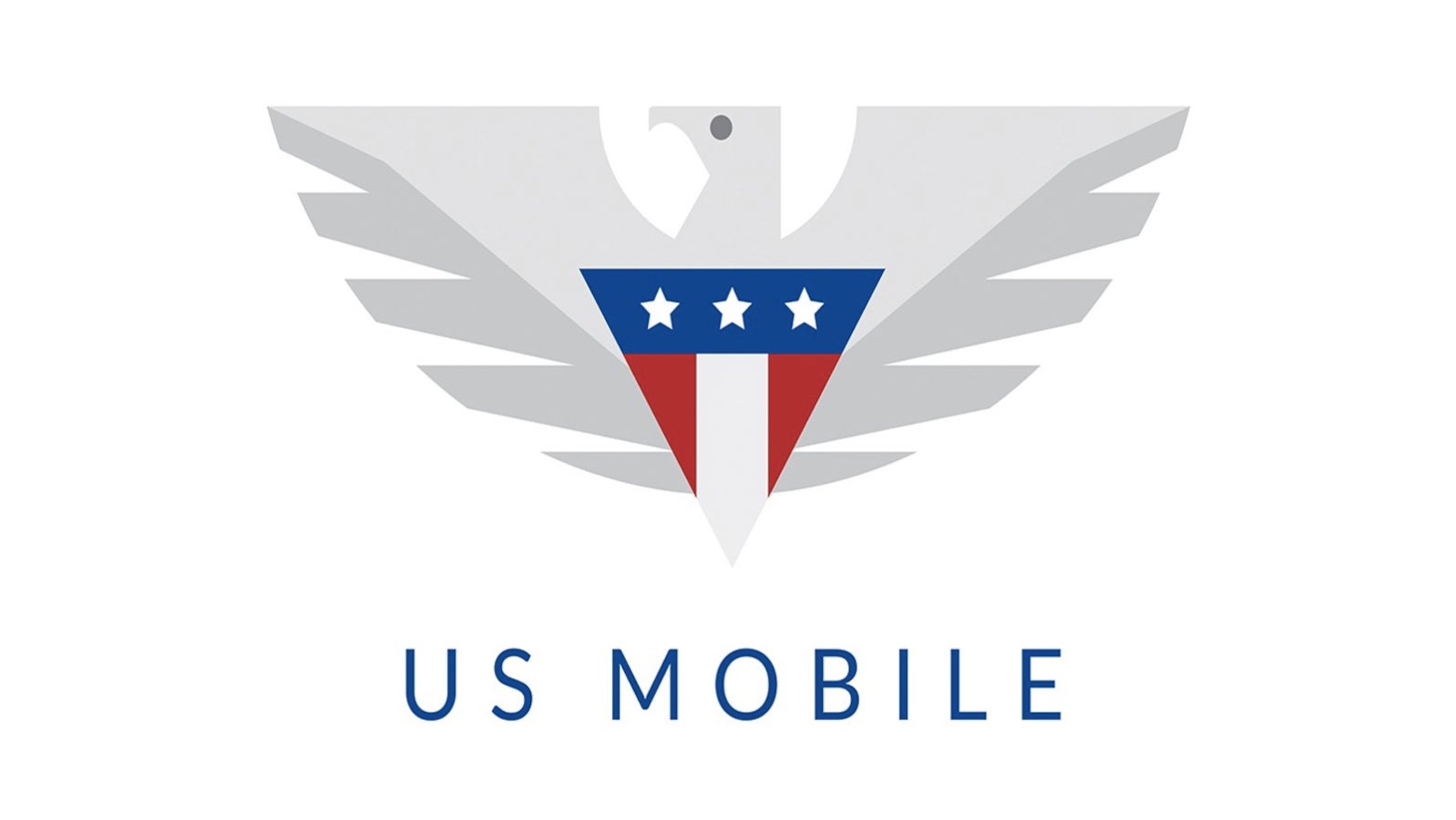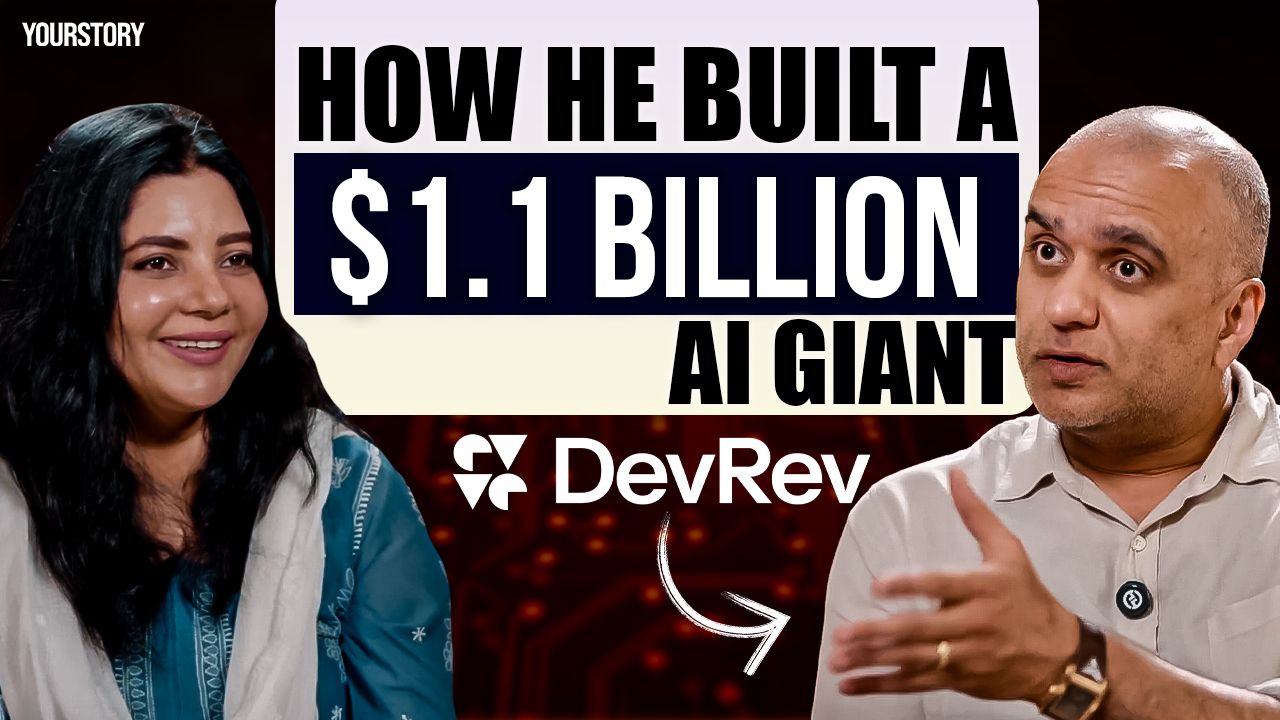Bootstrapping a Blockchain Project: Strategies for Success
Abstract This post explores creative and practical strategies for bootstrapping blockchain projects without external funding. From identifying core strengths and crafting a unique value proposition to leveraging lean development practices like building a Minimum Viable Product (MVP), we detail essential practices such as engaging open-source communities, forming strategic partnerships, and building a loyal user community. Using clear language and structured sections, this article dives into background concepts, real-world applications, challenges, and future trends. Additionally, we offer tables and bullet lists to enhance readability and incorporate valuable resources—such as insights on Arbitrum, regulatory compliance, and open source funding—from authoritative sources like License Token and select Dev.to posts. Introduction Blockchain technology is revolutionizing the digital world by offering transparency, security, and decentralization. For entrepreneurs and developers launching a blockchain project, funding constraints can be significant. Bootstrapping—a method of self-funding and resource optimization—is a proven strategy in turning visionary ideas into a successful reality. In this post, we examine bootstrapping strategies with deep domain insights, actionable advice, and technical clarity aimed at helping developers and business leaders navigate the complex blockchain landscape. Background and Context Blockchain emerged as a transformative technology after the success of Bitcoin and Ethereum, introducing decentralized systems that challenge traditional centralized models. Blockchain’s core properties include: Decentralization: Distributed networks avoid single points of failure. Transparency: Data is recorded immutably. Security: Cryptographic protocols secure transactions. Understanding these fundamentals sets the stage for effective bootstrapping. Many early blockchain projects started with limited resources. By focusing on lean principles and community engagement, founders can channel innovation and achieve sustainability. For example, open source communities have historically shaped the evolution of blockchain. Projects like open-source software and blockchain synergies illustrate how collaboration and shared expertise foster rapid development—even when budgets are limited. In addition, the regulatory environment for blockchain continues to evolve, making it critical for founders to be agile and informed. Entrepreneurs must align their projects with regional compliance requirements and anticipate shifts in the legal landscape. Core Concepts and Features Successful bootstrapping in the blockchain world revolves around several core strategies. Each of these strategies integrates technical and business components to streamline resource allocation while maximizing market impact. 1. Identifying Core Strengths and Unique Proposition Core Strengths: Determine what sets your project apart. Whether it’s reinforced user privacy, reduced transaction fees, or improved efficiency, clarity in your value proposition is essential. Unique Story: Craft a compelling narrative around your innovation. This narrative becomes the foundation for marketing and community engagement. 2. Lean Development Using MVPs Building a Minimum Viable Product (MVP) is a proven technique to verify the market need without overspending. As noted on the Minimum viable product page, an MVP helps you: Test Concepts Early: Gather user feedback. Iterate Rapidly: Incorporate market responses and pivot quickly. This lean approach minimizes waste and directs resources where they yield the highest potential impact. 3. Harnessing Open Source Communities Open source is a force multiplier. By contributing to and benefiting from existing projects, startups can: Reduce Development Costs: Save time and money by reusing proven code. Enhance Credibility: Being active in community projects builds trust. Attract Talent: Developers passionate about open source are natural allies. For additional insight on these community-driven benefits, see open-source software and blockchain synergies. 4. Strategic Partnerships and Collaborations Collaboration isn’t just beneficial—it’s essential. Strategic partnerships can: Provide Technical Expertise: Collaborate with blockchain platforms to leverage essential infrastructure. Offer Access to Talent Pools: Partnering with academic institutions may lead to breakthrough innovations. Enhance Market Credibility: Partnerships act as endorsements in a competitive market. Further reading on collaborative strategies can be found in the blockchain project partnerships article. 5. Community Building and Engagement A vibrant community not only validates your product but also propels its growth organically. Building this community involves: Active Social Media Presence: Engage users on platf
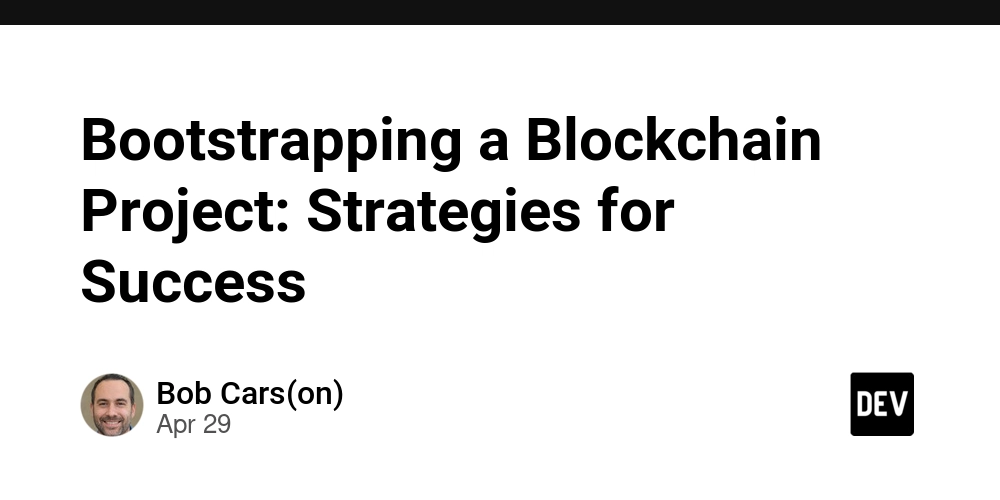
Abstract
This post explores creative and practical strategies for bootstrapping blockchain projects without external funding. From identifying core strengths and crafting a unique value proposition to leveraging lean development practices like building a Minimum Viable Product (MVP), we detail essential practices such as engaging open-source communities, forming strategic partnerships, and building a loyal user community. Using clear language and structured sections, this article dives into background concepts, real-world applications, challenges, and future trends. Additionally, we offer tables and bullet lists to enhance readability and incorporate valuable resources—such as insights on Arbitrum, regulatory compliance, and open source funding—from authoritative sources like License Token and select Dev.to posts.
Introduction
Blockchain technology is revolutionizing the digital world by offering transparency, security, and decentralization. For entrepreneurs and developers launching a blockchain project, funding constraints can be significant. Bootstrapping—a method of self-funding and resource optimization—is a proven strategy in turning visionary ideas into a successful reality. In this post, we examine bootstrapping strategies with deep domain insights, actionable advice, and technical clarity aimed at helping developers and business leaders navigate the complex blockchain landscape.
Background and Context
Blockchain emerged as a transformative technology after the success of Bitcoin and Ethereum, introducing decentralized systems that challenge traditional centralized models. Blockchain’s core properties include:
- Decentralization: Distributed networks avoid single points of failure.
- Transparency: Data is recorded immutably.
- Security: Cryptographic protocols secure transactions.
Understanding these fundamentals sets the stage for effective bootstrapping. Many early blockchain projects started with limited resources. By focusing on lean principles and community engagement, founders can channel innovation and achieve sustainability.
For example, open source communities have historically shaped the evolution of blockchain. Projects like open-source software and blockchain synergies illustrate how collaboration and shared expertise foster rapid development—even when budgets are limited. In addition, the regulatory environment for blockchain continues to evolve, making it critical for founders to be agile and informed. Entrepreneurs must align their projects with regional compliance requirements and anticipate shifts in the legal landscape.
Core Concepts and Features
Successful bootstrapping in the blockchain world revolves around several core strategies. Each of these strategies integrates technical and business components to streamline resource allocation while maximizing market impact.
1. Identifying Core Strengths and Unique Proposition
- Core Strengths: Determine what sets your project apart. Whether it’s reinforced user privacy, reduced transaction fees, or improved efficiency, clarity in your value proposition is essential.
- Unique Story: Craft a compelling narrative around your innovation. This narrative becomes the foundation for marketing and community engagement.
2. Lean Development Using MVPs
Building a Minimum Viable Product (MVP) is a proven technique to verify the market need without overspending. As noted on the Minimum viable product page, an MVP helps you:
- Test Concepts Early: Gather user feedback.
- Iterate Rapidly: Incorporate market responses and pivot quickly.
This lean approach minimizes waste and directs resources where they yield the highest potential impact.
3. Harnessing Open Source Communities
Open source is a force multiplier. By contributing to and benefiting from existing projects, startups can:
- Reduce Development Costs: Save time and money by reusing proven code.
- Enhance Credibility: Being active in community projects builds trust.
- Attract Talent: Developers passionate about open source are natural allies.
For additional insight on these community-driven benefits, see open-source software and blockchain synergies.
4. Strategic Partnerships and Collaborations
Collaboration isn’t just beneficial—it’s essential. Strategic partnerships can:
- Provide Technical Expertise: Collaborate with blockchain platforms to leverage essential infrastructure.
- Offer Access to Talent Pools: Partnering with academic institutions may lead to breakthrough innovations.
- Enhance Market Credibility: Partnerships act as endorsements in a competitive market.
Further reading on collaborative strategies can be found in the blockchain project partnerships article.
5. Community Building and Engagement
A vibrant community not only validates your product but also propels its growth organically. Building this community involves:
- Active Social Media Presence: Engage users on platforms like Twitter, Reddit, and specialized blockchain forums.
- Transparent Communication: Share progress, challenges, and milestones to build trust.
- Feedback Loops: Allow community input to guide development, ensuring the product meets users’ real needs.
6. Incentive-Based Token Economies
Designing sustainable token economies can be a powerful bootstrapping tool. Consider:
- Reward Systems: Distribute tokens to incentivize early adopters and contributors.
- Regulatory Compliance: Ensure that token models adhere to legal frameworks. Read more about tokenizing open source licenses.
7. Crowdfunding Campaigns
Crowdfunding allows blockchain projects to validate their potential:
- Kickstarter-Style Campaigns: Platforms like Kickstarter provide resources for early-stage funding.
- Early Access Rewards: Offering incentives, such as beta versions or exclusive access, boosts investor confidence.
8. Utilizing Incubators and Accelerators
Accelerators tailored to blockchain can supply not only funding but also vital mentorship:
- Structured Mentorship Programs: Gain insights from industry veterans.
- Network Expansion: Accelerators provide access to networks, potential partners, and clients.
Explore opportunities via blockchain startup accelerators to jumpstart your project.
9. Frugality and Financial Discipline
The importance of cost management cannot be overstated:
- Budgeting: Prioritize essential expenses and use cost-effective tools.
- Remote Work: Embrace a distributed model to lower overhead.
- Supplier Negotiation: Seek partnerships that provide favorable terms.
These strategies represent a blend of technical innovation and savvy business practices.
Below is a table summarizing key bootstrapping strategies:
| Strategy | Key Benefit | Example Resource/Link |
|---|---|---|
| Identify Core Strengths | Clarifies unique value proposition | Crafting a compelling narrative |
| Lean MVP Development | Validate ideas with minimal spend | Minimum viable product |
| Open Source Collaboration | Gains access to external expertise | Open-source and blockchain synergies |
| Strategic Partnerships | Expands network and credibility | Blockchain project partnerships |
| Community Engagement | Drives loyalty and organic growth | Active social media and developer forums |
| Incentive Token Economies | Rewards contribution sustainability | Tokenizing open source licenses |
| Crowdfunding & Accelerators | Facilitates early funding and mentorship | Kickstarter and blockchain startup accelerators |
| Financial Discipline | Manages expenditures effectively | Budgeting and remote work strategies |
Applications and Use Cases
Blockchain bootstrapping strategies are applied across various industries. Here are a few practical examples:
Supply Chain Management
A company might build an MVP to track product logistics using blockchain. By engaging a community of supply chain professionals, the project refines the product collaboratively. Strategic partnerships with academic institutions can also help in harnessing fresh research in decentralized ledger technologies.
Digital Identity and Privacy
A blockchain project emphasizing enhanced user privacy can bootstrap by leveraging token-based incentive models to reward community participation. Open source contributions further validate the technology in peer review, while partnerships with regulatory organizations ensure legal compliance.
Decentralized Finance (DeFi)
DeFi projects have used bootstrapping techniques to develop protocols that allow users to lend, borrow, and trade without traditional banks. Engagement through decentralized autonomous organizations (DAOs) and crowdfunding campaigns supports rapid iterative development. For example, Arbitrum-based solutions have been expanded using innovative consensus mechanisms and community governance models.
Arbitrum and Related Use Cases
Projects built on platforms like Arbitrum often incorporate features that are highly adaptable for bootstrapping strategies. Here are some relevant resources for further details:
- Arbitrum and Open Source License Compatibility
- Arbitrum and Community Governance
- Arbitrum and Regulatory Compliance
- Arbitrum and Smart Contract Audits
- Arbitrum and Transaction Finality
These links provide insights into how projects can leverage specialized blockchain platforms, ensuring innovation while managing technical and regulatory hurdles.
Challenges and Limitations
Bootstrapping is not without its risks and challenges. Key limitations include:
- Resource Constraints: Limited capital often means slower progress and the need for frequent pivots.
- Regulatory Uncertainty: Legislative environments are continually evolving, and non-compliance can impose heavy penalties.
- Competition: The fast-paced blockchain ecosystem requires constant innovation to stay ahead.
- Technical Complexity: Advanced blockchain features—such as consensus mechanisms and tokenomics—can present formidable technical hurdles.
- Scalability Issues: Early-stage projects must plan for scaling as user demand increases. For instance, blockchain projects built on Arbitrum may face challenges with network upgrades and smart contract audits.
A bullet list of challenges:
- Limited funding for comprehensive R&D
- Navigating complex regulatory frameworks
- Intense market competition and rapid technology cycles
- Technical hurdles in integrating decentralized systems
- Scalability concerns and future network upgrades
These challenges underscore the importance of maintaining flexibility, robust planning, and the ability to pivot quickly based on feedback and market changes.
Future Outlook and Innovations
The future of blockchain bootstrapping is bright, with new trends emerging to address current challenges. Predictions for future innovations include:
- Increased Adoption of Token Economies: More projects will rely on incentive-based models to drive community engagement and funding sustainability.
- Enhanced Regulatory Frameworks: As governments develop clearer regulations, startups will benefit from increased legal clarity and accessibility of funding.
- Growth of Open Source Funding Platforms: Innovative mechanisms—similar to Gitcoin funding rounds—will offer novel ways for projects to attract capital.
- Interoperability Standards: Advancements in blockchain interoperability, particularly with platforms like Arbitrum, will lead to more secure and scalable multi-chain environments.
- Integration with AI and Data Analytics: Blockchain projects will increasingly use AI-driven analytics to optimize financial planning and user engagement strategies.
In this evolving landscape, the fusion of open source principles, regulatory compliance, and community-driven innovation will be central to the sustainable bootstrapping of blockchain projects. As observed in Arbitrum and decentralized finance ecosystems, strategic technical partnerships continue to encourage breakthrough innovations.
Summary
Bootstrapping a blockchain project is a challenging yet rewarding journey. By focusing on core strengths, leveraging lean development methodologies like MVPs, engaging with open source communities, and forming strategic partnerships, founders can efficiently convert visionary ideas into scalable products. The strategies discussed—ranging from community engagement and incentive token economies to the utilization of crowdfunding campaigns and accelerators—offer a comprehensive guide for developers and entrepreneurs.
These strategies are supported by robust examples such as digital identity management, supply chain applications, and decentralized finance. Additionally, projects built on emerging platforms like Arbitrum demonstrate innovative approaches to tackling blockchain scalability and regulatory challenges.
In closing, adopting a bootstrapped approach fosters innovation, supports financial discipline, and builds community trust in the decentralized ecosystem. For more details on further strategies and technical insights, you can refer to the Original Article on Bootstrapping a Blockchain Project as well as other industry insights on License Token.
Moreover, viewpoints shared on platforms like Dev.to and Dev.to by Zhangwei42 reflect the broader community’s enthusiasm and innovative approach in this space.
By incorporating the above strategies into their business models, blockchain entrepreneurs can overcome funding limitations, innovate continuously, and ultimately bring a transformative product to market—all while contributing to the evolving technology landscape.
Key takeaways include:
- Strategic investment of limited resources, carefully managing budgets and expenses.
- The power of open source collaboration in reducing costs and accelerating development.
- Community-driven models that harness user feedback and collective innovation.
- Navigating technical and regulatory challenges with proactive partnerships and agile methodologies.
As blockchain continues to redefine digital interactions, bootstrapping emerges not merely as a funding method, but as a holistic approach to sustainable innovation. Embrace these strategies, remain adaptable, and join the decentralized revolution that is shaping the future of technology.
Happy innovating!




































































































































































![[The AI Show Episode 145]: OpenAI Releases o3 and o4-mini, AI Is Causing “Quiet Layoffs,” Executive Order on Youth AI Education & GPT-4o’s Controversial Update](https://www.marketingaiinstitute.com/hubfs/ep%20145%20cover.png)













































































































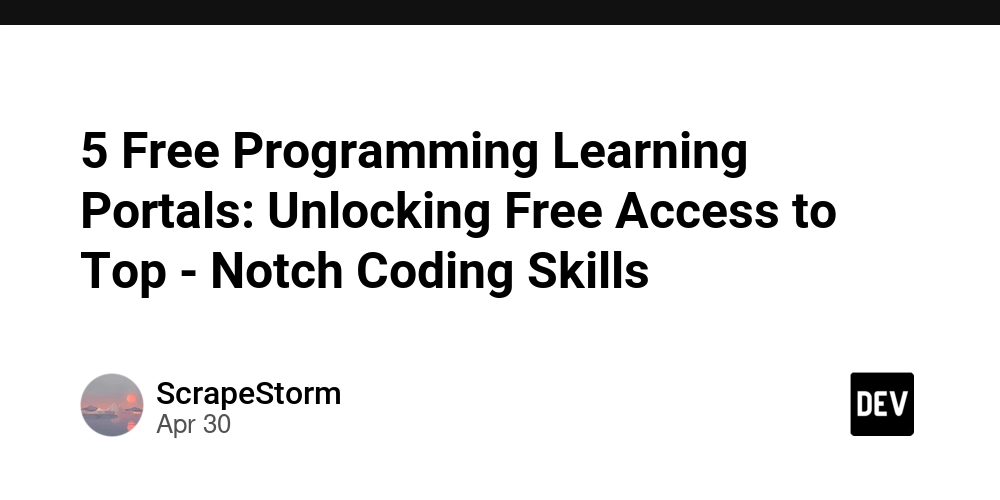
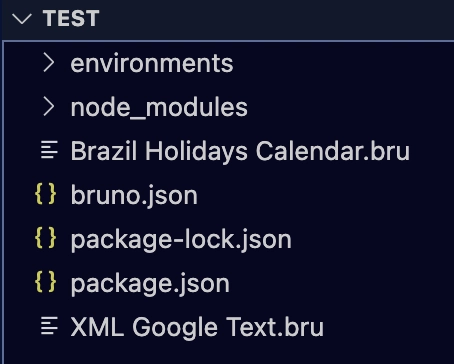
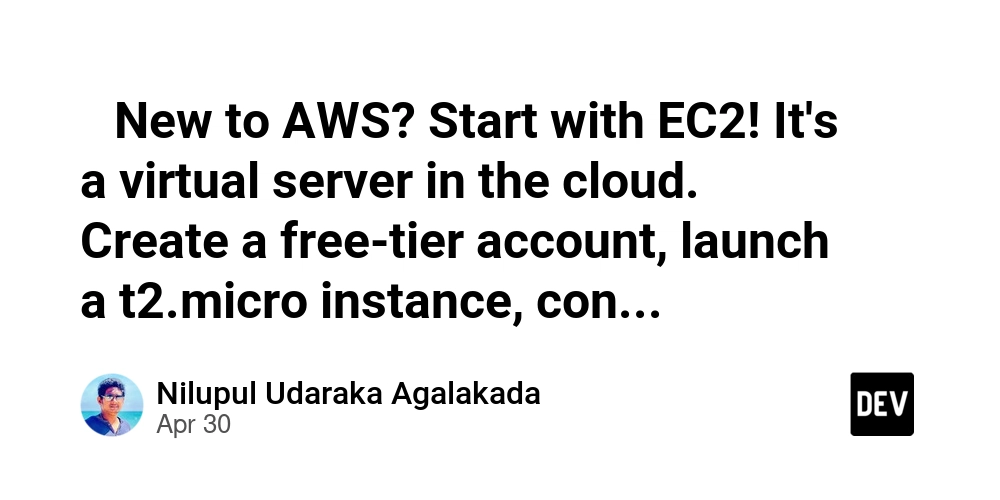























































































































.jpg?#)
































_NicoElNino_Alamy.jpg?width=1280&auto=webp&quality=80&disable=upscale#)



























































































![Craft adds Readwise integration for working with book notes and highlights [50% off]](https://i0.wp.com/9to5mac.com/wp-content/uploads/sites/6/2025/04/craft3.jpg.png?resize=1200%2C628&quality=82&strip=all&ssl=1)


















![Standalone Meta AI App Released for iPhone [Download]](https://www.iclarified.com/images/news/97157/97157/97157-640.jpg)

















































